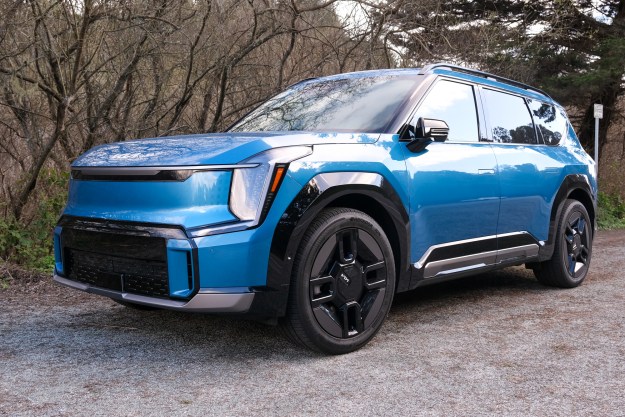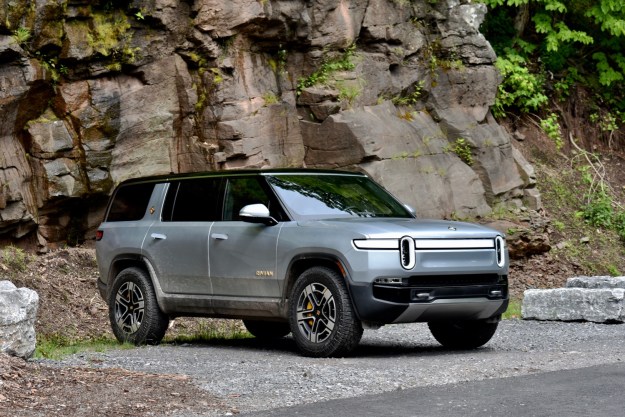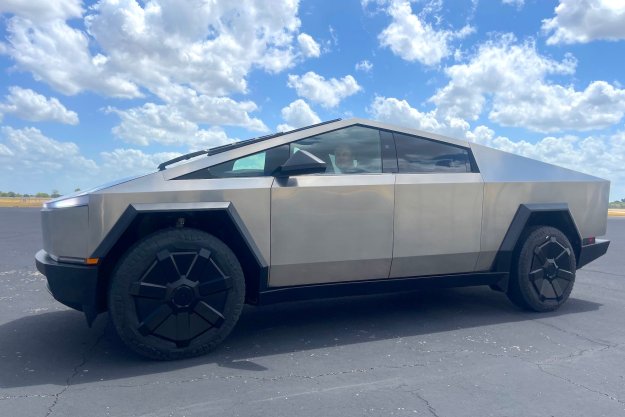Your car is Interweb royalty, and with a blown HEMI under the hood, you’ll be damned if you’re not the king of the dragstrip too.
Imagine your embarrassment, then, when you get shellacked at the track by an electric four-door sedan. You’ve flubbed the launch, spinning your rear tires aimlessly as your adversary runs away like nothing. To add insult to injury, it does so almost silently, as if the quarter-mile beatdown took no effort at all.
To be fair, the botched start didn’t accurately portray the Hellcat’s capability, and it wasn’t exactly a Chevy Volt on the other side of the barrier. It was Tesla’s insane, 691-horsepower Model S P85D, a car famous for surprising supercars with its instant and Earth-shattering torque.
Well, it’s rematch time. The green monster and the electric killer have met again, and we have the video courtesy of Drag Times.
These are actually the same vehicles as last time, but for the do-over, Mr. Hellcat invested in some drag radials and some practice time at the light tree.
As you may have expected, the all-wheel drive Model S gets the jump at the launch. The Challenger’s wide rubber proves a worthy purchase though, as it clears the 60-foot marker in 1.70 seconds and roars on from there.
In the end, the Hellcat proves victorious, setting a quarter-mile time of 11.08 seconds at 125.92 mph. The Tesla manages an 11.92-second run at 112.11 mph, a tad slower its previous 11.6-second accomplishment, but the drag radials give the Challenger an advantage the Model S simply can’t overcome.
In the end, these videos are just a bit of fun, as the cars aren’t really comparable. Completely different customer bases with a different set of wants and desires. But in the battle of past vs. future, somebody has to win, and we’re sure we’ll see these two titans facing off again before too long.


